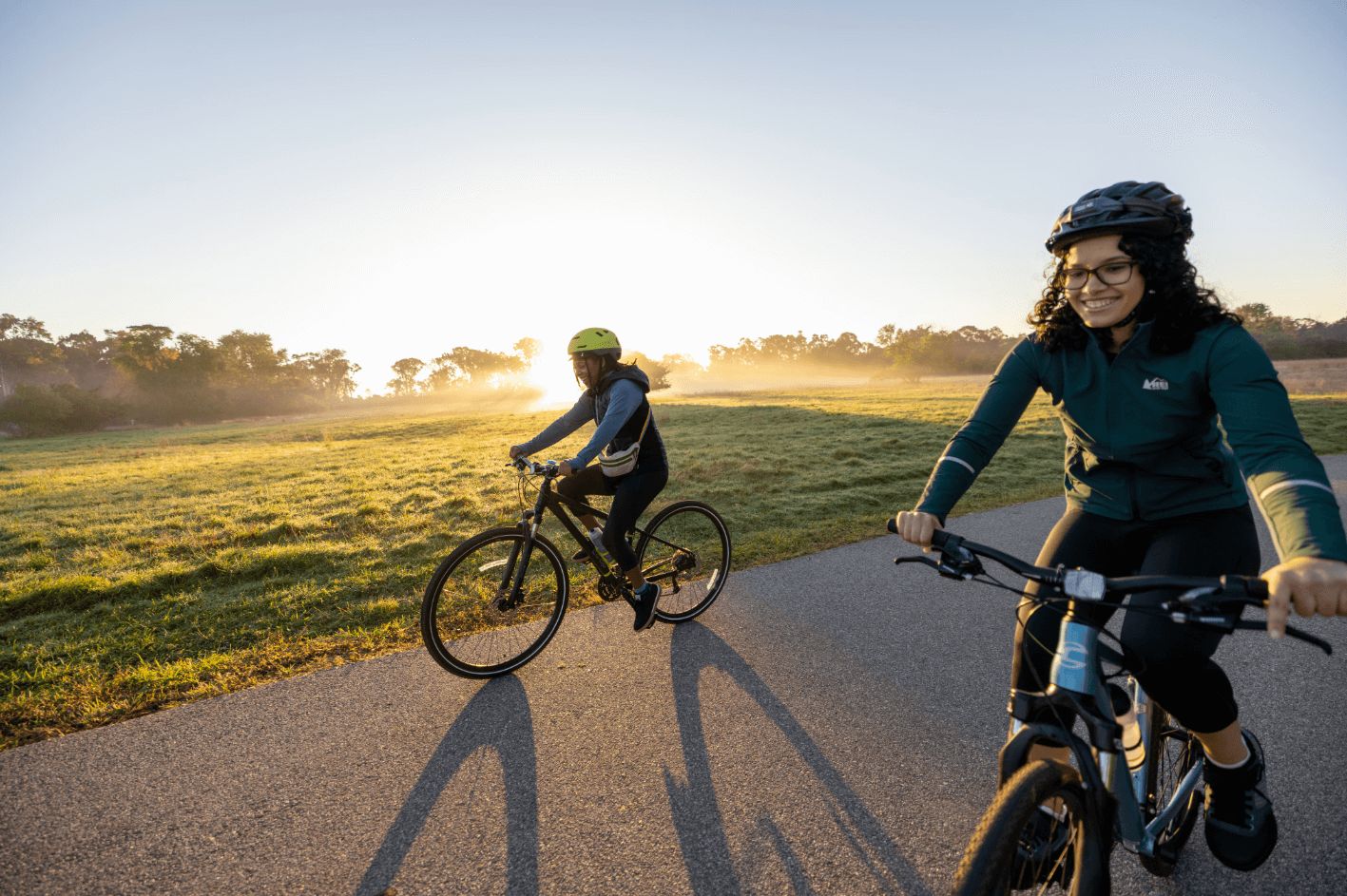- Thriving Guide
- Posts
- How to Prevent Chafing During Your Workouts 5 Effective Ways
How to Prevent Chafing During Your Workouts 5 Effective Ways
Simple strategies to keep your skin comfortable and irritation-free during any activity.

Chafing a painful skin irritation caused by friction can disrupt even the best workout. Whether you’re walking, running, or cycling, repeated skin-to-skin or fabric-to-skin contact can lead to raw, sore spots. The good news? With the right steps, chafing is highly preventable.
1. Keep Your Skin Clean and Dry
Chafing often occurs in areas with skin folds or frequent rubbing, such as:
Inner thighs
Armpits
Under the breasts
Groin
Abdomen
Neck folds
Buttocks
Start by washing these areas with gentle, unscented soap and water, then pat dry. Use moisture-wicking fabrics or powders to keep skin dry during activities, as dampness increases friction.
2. Create a Protective Barrier
Barrier products can help shield your skin from irritation. Options include:
Protective creams or ointments
Specialized tapes like Second Skin, which you can peel off after exercise
Anti-chafing balms that form a long-lasting protective layer
Apply these products directly on high-friction areas before your workout.
3. Prioritize Skin Health
Healthy, hydrated skin is less prone to damage. Drinking plenty of water and moisturizing regularly can strengthen the skin’s natural barrier. Nutrients like omega-3 fatty acids and a balanced diet support skin resilience, while probiotics and prebiotics may also help maintain overall skin health.
4. Use Lubrication to Reduce Friction
Lubricants minimize the rubbing that leads to irritation. Effective options include:
Anti-chafing balms like Body Glide
Petroleum jelly
Talc-free powders for absorbing excess moisture
Reapply as needed during longer workouts.
5. Choose the Right Clothing
The right gear can make all the difference:
Opt for moisture-wicking fabrics to stay dry.
Look for seamless or flat-seam designs that won’t rub against your skin.
Wear compression garments to reduce skin movement during activities like running or cycling.
Ensure clothing is fitted but not overly tight.
Don’t forget to check gear like backpacks, straps, or heart monitors, which can also cause chafing.
How Chafing Happens
Chafing results from friction caused by tight or rough fabrics, heat, moisture, or repetitive movement. It’s common in athletes, especially during high-intensity or endurance workouts, but can affect anyone under the right conditions.
Treating Chafed Skin
If you develop chafing:
Clean the area with lukewarm water and gentle soap.
Apply antibacterial ointments or petroleum jelly to soothe and heal the skin.
Use a bandage to protect against further rubbing.
Apply a cool compress for pain relief and wear soft, loose clothing until healed.
Key Takeaways
Chafing is a common but preventable condition caused by friction during exercise or daily activities. With proper clothing, barrier products, and skin care, you can stay comfortable and avoid irritation.
Share this article or subscribe to our newsletter for more fitness tips.